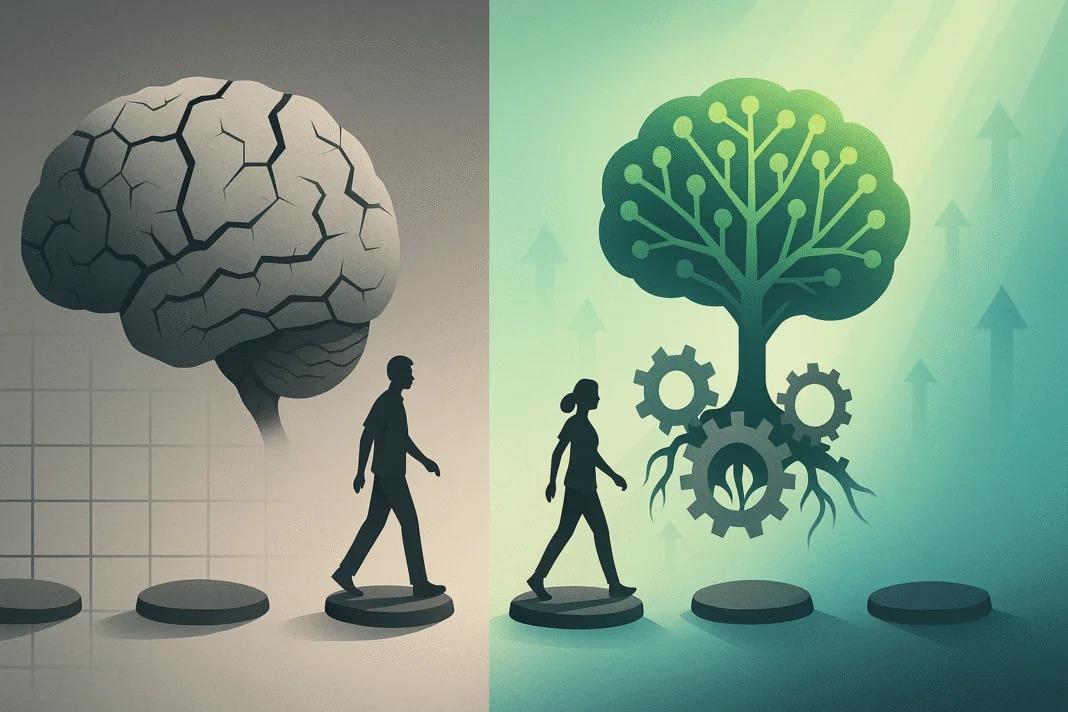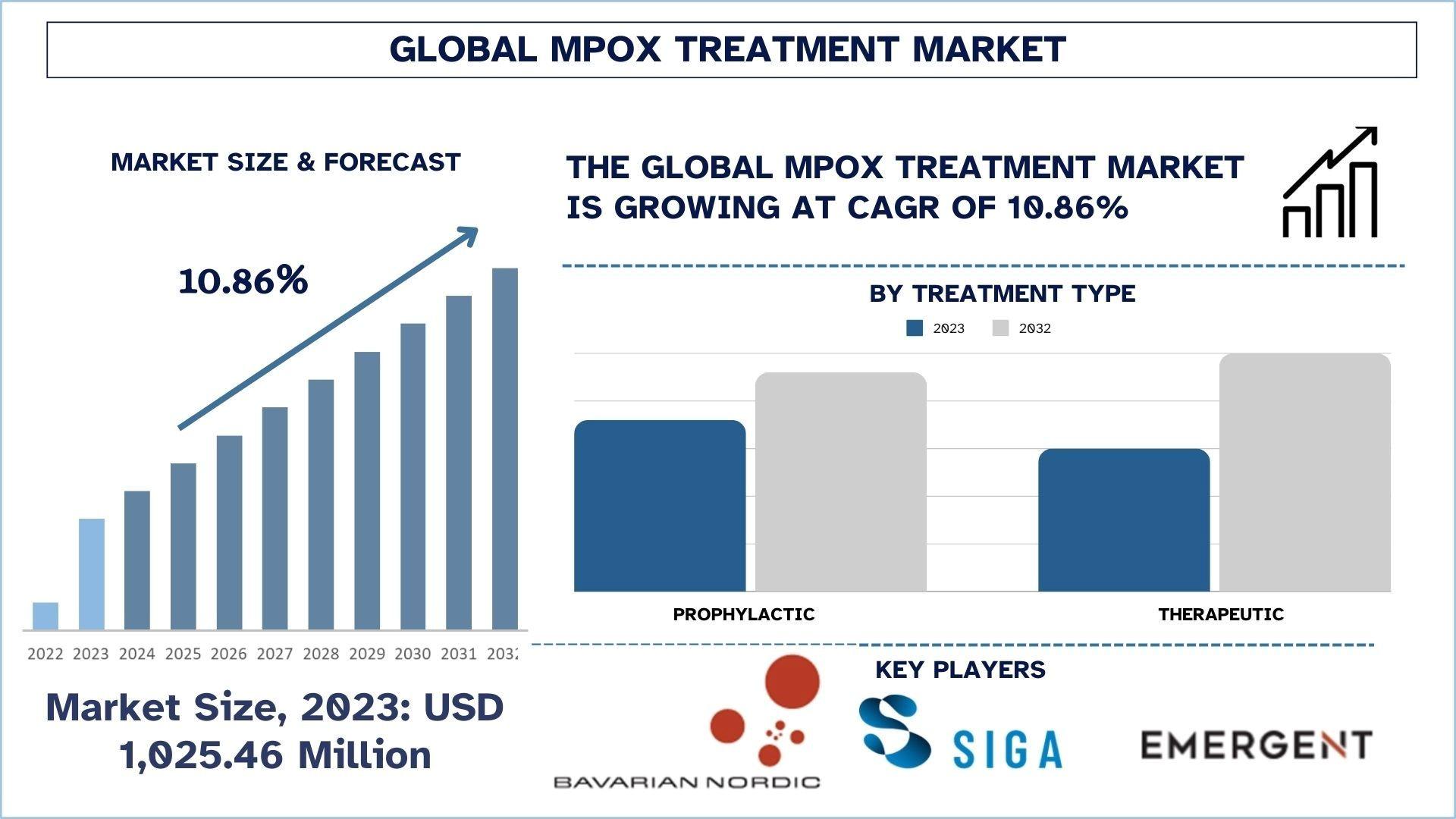In the world of personal development and success psychology, few concepts have gained as much attention as the fixed vs growth mindset. The idea, popularized by psychologist Carol Dweck, has transformed how people view their abilities, potential, and approach to challenges. Understanding these two mindsets is not just a matter of academic curiosity; it’s a life-changing perspective that influences how individuals learn, work, and grow. The fixed vs growth mindset explained here aims to help you recognize which mindset dominates your life and how shifting toward a growth-oriented one can lead to greater success and fulfillment.
Understanding the Core of a Fixed Mindset
A fixed mindset is rooted in the belief that intelligence, talent, and abilities are static traits. People who operate with a fixed mindset often think that success depends entirely on innate ability rather than effort. For example, someone with a fixed mindset might believe they are simply “not good at math” or “not born to be creative.” This belief system can become a self-fulfilling prophecy because it discourages experimentation, learning, and perseverance.
When faced with challenges, individuals with a fixed mindset tend to avoid them, fearing failure might expose their limitations. Criticism is often seen as a personal attack rather than an opportunity to learn. Over time, this approach creates a comfort zone that restricts growth and stifles potential. Whether in academics, careers, or personal relationships, those trapped in a fixed mindset often plateau early because they stop seeking ways to improve once they believe they have reached their limit.
The Power of a Growth Mindset
On the other hand, a growth mindset is the belief that abilities and intelligence can be developed through effort, learning, and persistence. People with a growth mindset understand that mastery takes time and that failure is not a reflection of their worth but a stepping stone toward progress. When you view challenges as opportunities to learn, you naturally build resilience, curiosity, and confidence.
In educational settings, students who adopt a growth mindset perform better because they are willing to put in consistent effort. They don’t shy away from difficult tasks; instead, they see them as chances to stretch their capabilities. Similarly, in professional environments, individuals with growth mindsets are more adaptable to change, open to feedback, and proactive in seeking new skills. This mindset transforms how people react to setbacks, making them more solution-oriented rather than defeatist.
How Mindset Shapes Behavior and Success
The distinction between the fixed vs growth mindset explained goes far beyond theory; it affects everyday decisions and long-term outcomes. Consider how two individuals might respond to the same situation: one fails an exam, while the other misses a promotion at work. A person with a fixed mindset might think, “I’m just not smart enough,” or “I’m not management material.” They internalize the failure and give up. In contrast, someone with a growth mindset would say, “I need to study differently next time,” or “I’ll work on improving my leadership skills.” This difference in perception leads to completely different life trajectories.
Moreover, the mindset you hold doesn’t just influence personal performance—it affects how you see others. People with fixed mindsets often label others as talented or untalented, while those with growth mindsets believe anyone can evolve with the right guidance and effort. In leadership roles, this difference determines whether managers cultivate talent or discourage innovation within their teams.
The Science Behind Changing Your Mindset
One of the most empowering discoveries in psychology is that the brain is malleable—a concept known as neuroplasticity. This means that the more you challenge yourself to learn and adapt, the more your brain strengthens new neural connections. Even if you’ve lived with a fixed mindset for years, it’s possible to develop a growth mindset through conscious effort and self-awareness.
Research shows that when people reframe their self-talk—shifting from “I can’t do this” to “I can’t do this yet”—their motivation and performance improve dramatically. This subtle change in language reflects a deeper shift in thinking, acknowledging that ability is a work in progress. The key lies in embracing discomfort and viewing every setback as valuable feedback rather than a sign of failure.
Mindset in Education and the Workplace
The fixed vs growth mindset explained is particularly relevant in schools and workplaces where performance and development are closely monitored. In education, teachers who encourage effort and perseverance rather than innate talent foster students who are more confident and capable of handling academic challenges. Praising effort instead of intelligence nurtures resilience, making students less likely to fear mistakes.
In the corporate world, companies that adopt a growth culture thrive because they encourage innovation, collaboration, and learning. Employees feel empowered to take initiative, experiment, and grow within their roles. In contrast, organizations dominated by fixed-mindset leadership tend to punish failure, creating fear and stagnation among employees. Leaders who model a growth mindset inspire their teams to evolve continuously and embrace change as part of success.
Overcoming the Fixed Mindset Trap
Developing a growth mindset doesn’t mean ignoring your weaknesses or pretending challenges are easy. It means accepting where you are while believing you can improve through effort and strategy. To shift away from a fixed mindset, self-reflection plays a crucial role. Start by identifying moments when you limit yourself with negative beliefs—whether it’s about your career, relationships, or skills—and challenge those thoughts with constructive alternatives.
Adopting a growth mindset also requires patience. Progress doesn’t happen overnight, and setbacks are part of the process. The important thing is consistency. Each time you choose persistence over giving up, you strengthen your growth-oriented perspective. Surrounding yourself with people who encourage learning and resilience can also accelerate this transformation.
The Long-Term Benefits of a Growth Mindset
Once you internalize a growth mindset, the benefits ripple across all areas of life. You become more adaptable in the face of change, more confident in your ability to learn new skills, and more compassionate toward yourself and others. Relationships improve because you begin to see potential rather than flaws. Professional success follows because your resilience and adaptability make you stand out in dynamic environments.
The difference between a fixed and growth mindset lies in one’s belief about potential. By understanding the fixed vs growth mindset explained through this lens, it becomes clear that true success isn’t defined by natural talent but by persistence, curiosity, and the courage to keep learning. The journey toward self-improvement is endless, and embracing a growth mindset ensures that you continue to evolve, no matter where you start from.
Final Thoughts
Mindset is the invisible force that shapes your future. Every time you face a challenge, make a mistake, or try something new, you have the choice to think in fixed or growth terms. The latter empowers you to move forward, learn, and transform your limitations into strengths. The most successful individuals aren’t those who never fail—they are the ones who learn from every experience and keep pushing forward. Once you truly grasp the fixed vs growth mindset explained, you’ll realize that your potential is not predetermined—it’s limitless.

